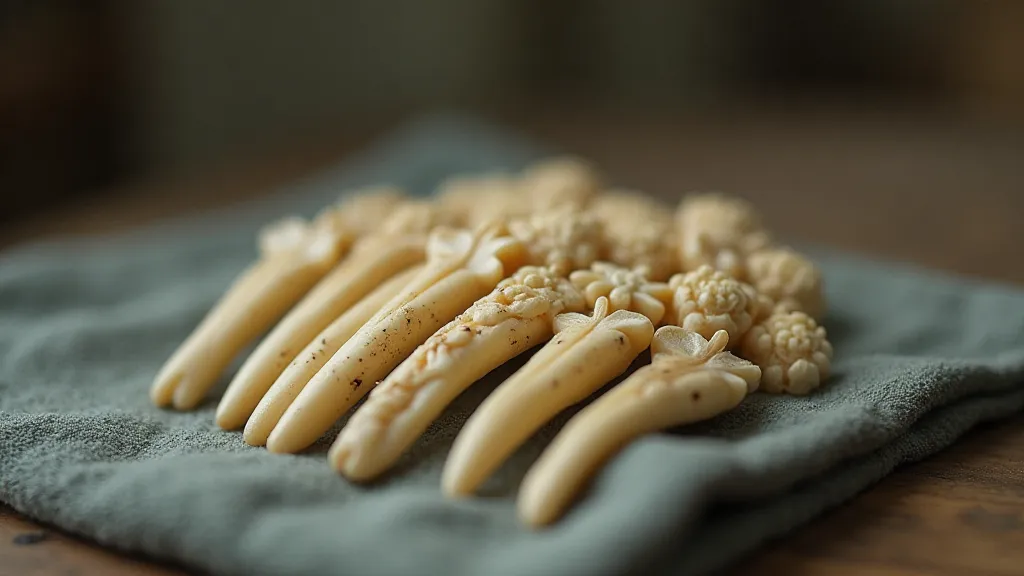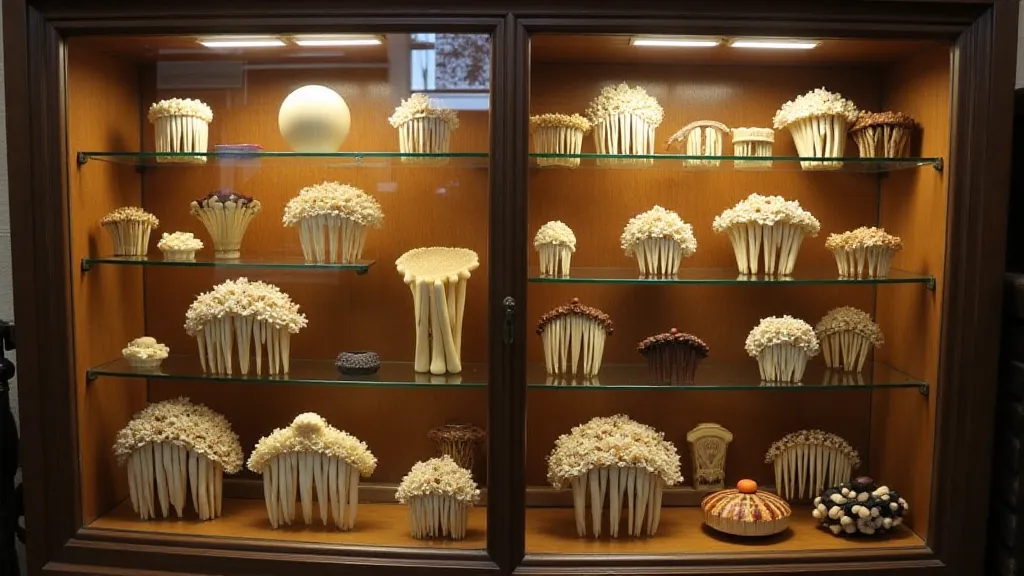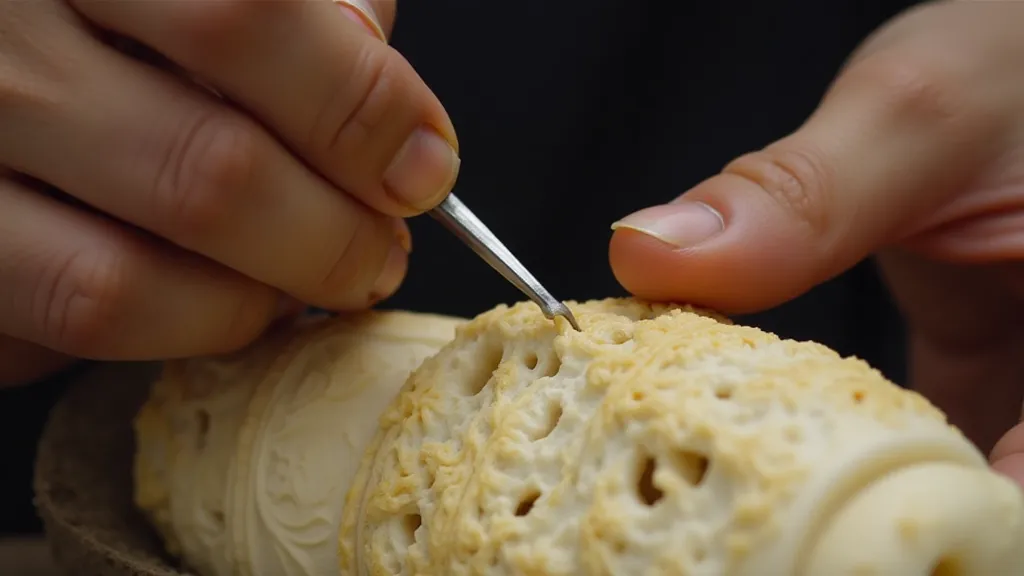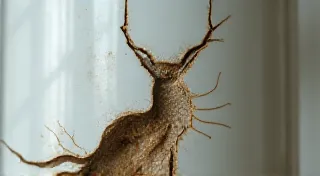Ivory’s Lament: Ethical Considerations in the Vintage Comb Collector's Pursuit
The clatter of a vintage comb against a dressing table, the gentle click as teeth separate, the whisper of silk as it glides through hair – these sounds evoke a bygone era, a time of meticulous beauty rituals and exquisite craftsmanship. Collecting vintage hair combs is more than a hobby; it’s a connection to history, a tactile appreciation for artistry, and a glimpse into the lives of women long past. Yet, this pursuit, especially when involving ivory, carries a weighty responsibility. It's a pursuit that demands not just passion but also profound ethical consideration. This isn't simply about acquiring beautiful objects; it's about understanding the story they tell, acknowledging their origins, and respecting the legacy they represent.
My own fascination began, as many do, with a simple, captivating image. It was a black and white photograph, faded with age, depicting a woman in a 1920s flapper dress, her hair swept up in a glamorous style and secured with an intricately carved ivory comb. There was a quiet elegance, a restrained beauty, that resonated deeply. I felt an immediate desire to hold such a piece in my hand, to trace the patterns carved by a skilled artisan, to feel the weight of history held within its form.

The Allure of Ivory: A Historical Perspective
For centuries, ivory has held a unique place in human culture. Its smooth texture, beautiful color, and ability to be meticulously carved made it a prized material for everything from sculptures and jewelry to functional objects like hair combs. During the Victorian and Edwardian eras, and continuing into the early 20th century, ivory combs were symbols of status and refinement. They were elaborate gifts, cherished heirlooms passed down through generations. The skill required to carve these combs, especially the delicate designs often found on antique examples, was considerable. Master craftsmen spent years perfecting their techniques, creating pieces that were not merely functional but also works of art. The social rituals surrounding these objects, the preparation and pampering that went hand-in-hand with their use, are truly fascinating and a key part of understanding their historical significance. For a deeper dive into these fascinating customs, you might find insights in articles exploring the social rituals surrounding vintage hair combs.
The techniques themselves were fascinating. Blocks of ivory were painstakingly hand-carved, using a combination of tools: saws, files, chisels, and rasps. The patterns could range from simple geometric designs to elaborate floral motifs, scenes from nature, or even depictions of mythological figures. The teeth of the comb, equally important, needed to be precisely spaced and perfectly aligned to ensure they would glide smoothly through hair without causing damage. Consider the care and precision, the dedication to detail that went into each piece.
The Shadow of Origin: Ethical Considerations
However, the beauty of an ivory comb cannot be divorced from its origin. The vast majority of ivory used in antique combs comes from elephants, a species facing significant threats to its survival. The historical demand for ivory fueled the devastating practice of elephant poaching, and while the legal framework surrounding ivory trade has evolved, the legacy of this exploitation remains a deeply sensitive issue. Today, the legality of possessing and trading antique ivory varies considerably from country to country, and the ethical implications are complex and nuanced.
It's not a simple case of "old equals okay." Simply because a comb is antique does not absolve the collector from considering its provenance and the role they play in perpetuating the demand for ivory. Questions arise: Where did the comb originate? Was it legally obtained? Does possessing it contribute, even indirectly, to the ongoing exploitation of elephants?
Many collectors choose to focus on combs made from alternative materials, such as horn (often buffalo horn), tortoiseshell (primarily from the Hawksbill sea turtle, though its sourcing is also problematic and increasingly restricted), or even early plastics like Bakelite. These alternatives offer the aesthetic appeal of vintage combs without the ethical baggage associated with ivory. Understanding the intricacies of identifying these different materials and their value is crucial for any serious collector; resources exist to help distinguish between genuine antique materials and later imitations.
If, however, a collector is drawn to ivory combs, a responsible approach is paramount. Thorough research into the comb's history is crucial. Documentation, such as receipts, family records, or provenance information, can provide valuable insights into its origins. It's a complex subject requiring attention to detail, and appreciating the journey a single comb takes through time is a fascinating aspect of the hobby. You can often uncover incredible stories about the people who owned and cherished these items. As a collector digs deeper, they might find it valuable to understand the journey of a vintage hair comb through time, from its creation to its ownership and beyond.
Supporting organizations dedicated to elephant conservation and anti-poaching efforts is another way to mitigate the ethical implications. Transparency is key. When selling or donating an ivory comb, be open and honest about its materials and history.

Beyond the Acquisition: Appreciation and Conservation
Collecting vintage hair combs isn't just about accumulation; it's about preservation and appreciation. These objects are tangible links to the past, providing a window into a bygone era of fashion, beauty, and craftsmanship. Proper care and conservation are essential to ensure their survival for future generations. The echoes of past eras resonate through these objects, often revealing hidden narratives and societal trends. For example, understanding the significance of these combs can contribute to a broader appreciation of how forgotten accessories illuminate narrative threads within history.
Over time, ivory can become brittle and cracked. Exposure to sunlight and fluctuations in temperature and humidity can accelerate deterioration. Regular dusting with a soft cloth is usually sufficient for cleaning. Avoid using harsh chemicals or abrasive cleaners, which can damage the surface. Storing combs in a cool, dry environment, away from direct sunlight, is ideal.
Small cracks and chips are inevitable with age, and while attempting repairs oneself can be tempting, it’s often best left to a professional conservator who specializes in antique materials. Unskilled repairs can diminish the value and authenticity of the comb.
A Legacy of Beauty, A Responsibility to Act
The world of vintage hair comb collecting offers a unique blend of historical fascination, aesthetic appreciation, and personal connection. But within this pursuit lies a significant ethical responsibility. The lament of the ivory is a reminder that beauty should not come at the cost of suffering. By embracing a mindful and informed approach, by prioritizing transparency, conservation, and supporting ethical alternatives, we can honor the legacy of these exquisite objects while contributing to a more sustainable and compassionate future. The clatter of a vintage comb may evoke a sense of nostalgia, but it should also serve as a call to action – a reminder that even small collections can make a difference. Beyond the legal frameworks and ethical considerations, lies the artistry and craftsmanship – a testament to a time when objects were made to last and to be treasured. Further exploration of the materials themselves, and the methods used to identify them, can be a rewarding endeavor for any serious collector. The value of these pieces isn't solely based on their monetary worth, but also on the stories they tell and the history they represent. It requires a certain level of expertise to truly appreciate the intricate details and the skilled labor that went into creating these timeless treasures.






